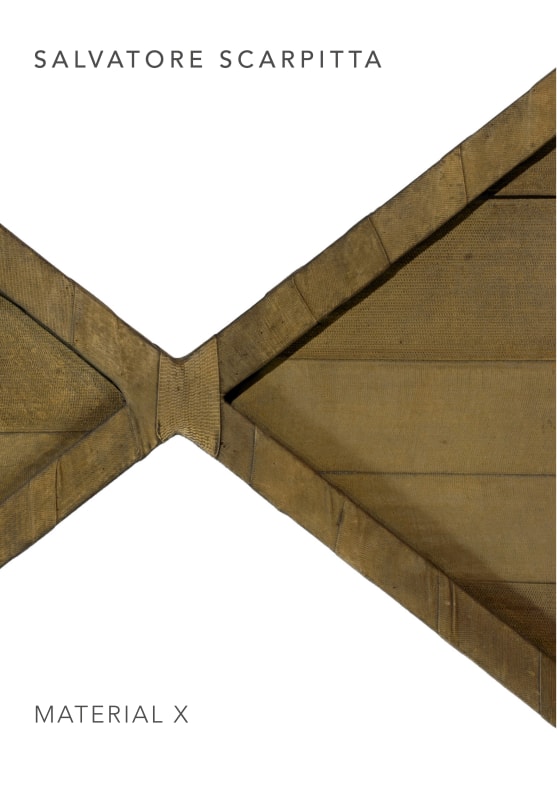M&L Fine Art are proud to present an exhibition dedicated to the investigation of the most fervid and significant period in Salvatore Scarpitta's artistic development from 1958-68. This is the first solo exhibition of his work in London. His experience of World War II had a huge impact on his life meaning works created between 1945 and the early fifties were characterised by social content, documenting the struggles of workers, the atomic bomb and racial discrimination. Following time spent in Rome between 1955 and 1957 he created a series of materialist paintings, some brightly coloured and loaded with energy. Unsatisfied with them, Scarpitta began a crucial phase of research and literally ripped apart his oil paintings so he could reassemble them on the frame. He stated that he wanted "an experience with my own bare hands. So I began to tear the oil paintings apart... The war had left marks of fear and revenge, so I had to take some risk and leave my finger prints behind." Eight paintings that represent his experimentation with the raw canvas, with all its natural qualities, will be presented in 'Material X'. It was ultimately the material that turned out to be the main subject of Scarpitta's work where tension was added through folds and shapes to create dynamic, original compositions.
Artworks by Piero Manzoni, Angelo Savelli, Enrico Castellani, Leoncillo and Lucio Fontana will also be on display. These will demonstrate the synergy between this group of artists who literally attacked the pictorial plane as an artistic response to the devastation of the second World War. Following the monumental changes they witnessed as a result of the war, artists began to slash, burn and attach objects to the canvas rather than using paint.
Having formed a friendship with Salvatore Scarpitta in Italy, Leo Castelli held an exhibition in his New York gallery during January 1959. Titled "Extramurals", it featured Scarpitta's 'wrapped' or 'bandaged' canvases, which were so called because he cut them before recombining the lacerated parts. Most of them were monochromatic and symbolic of a birth or a rebirth. He described them as “those large crevices, which open up the space, which one may interpret as spaces of a TV, in real life emphasise the moment of birth.” He sought to create a universal unity in his artwork and stated: “My findings and my scraps should be understood as ‘pieces of life’, regarding humanity in its most essential and peculiar expressions.” The pieces included in the exhibition are characterised by a structure in the typical shape of an X and present a minimalist style and a precise desire for balance.
A bilingual catalogue, edited by Ruggero Montrasio and Luigi Sansone with texts by Marco Bazzini, Raffaele Bedarida and Luigi Sansone, will accompany the exhibition.


